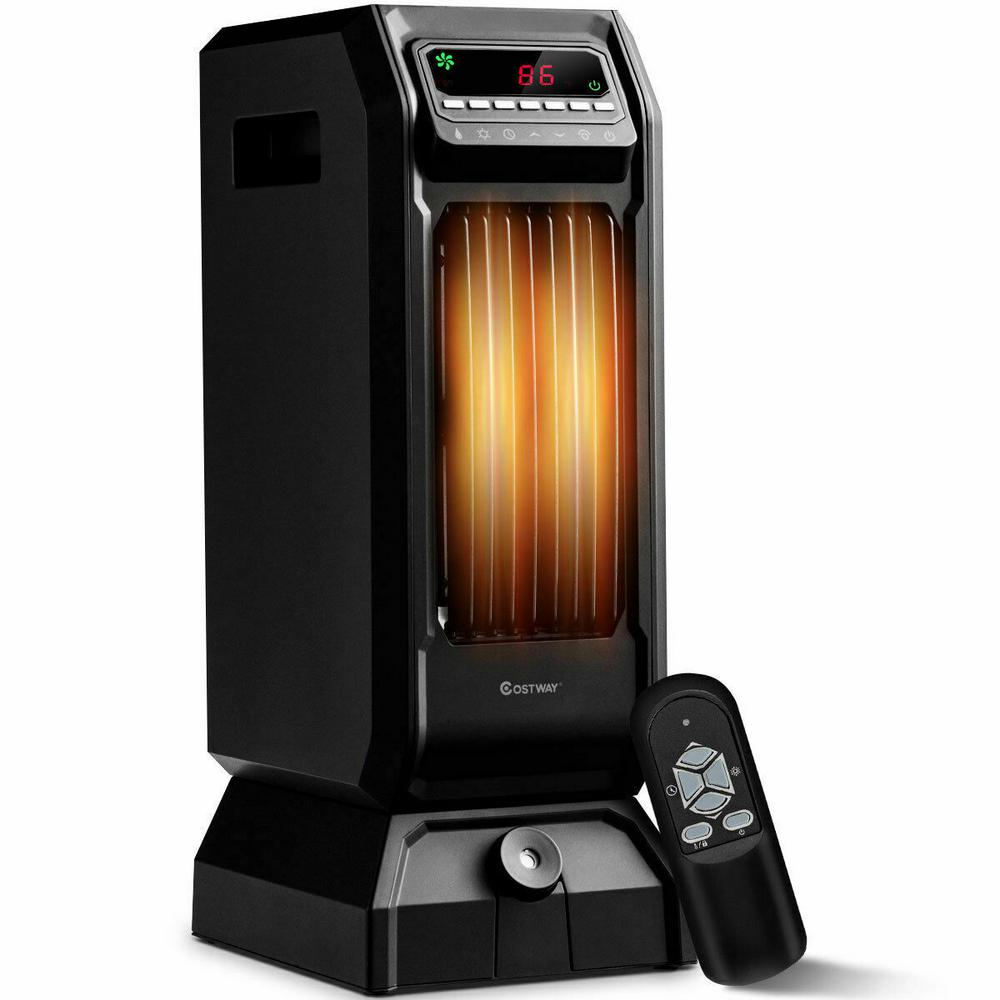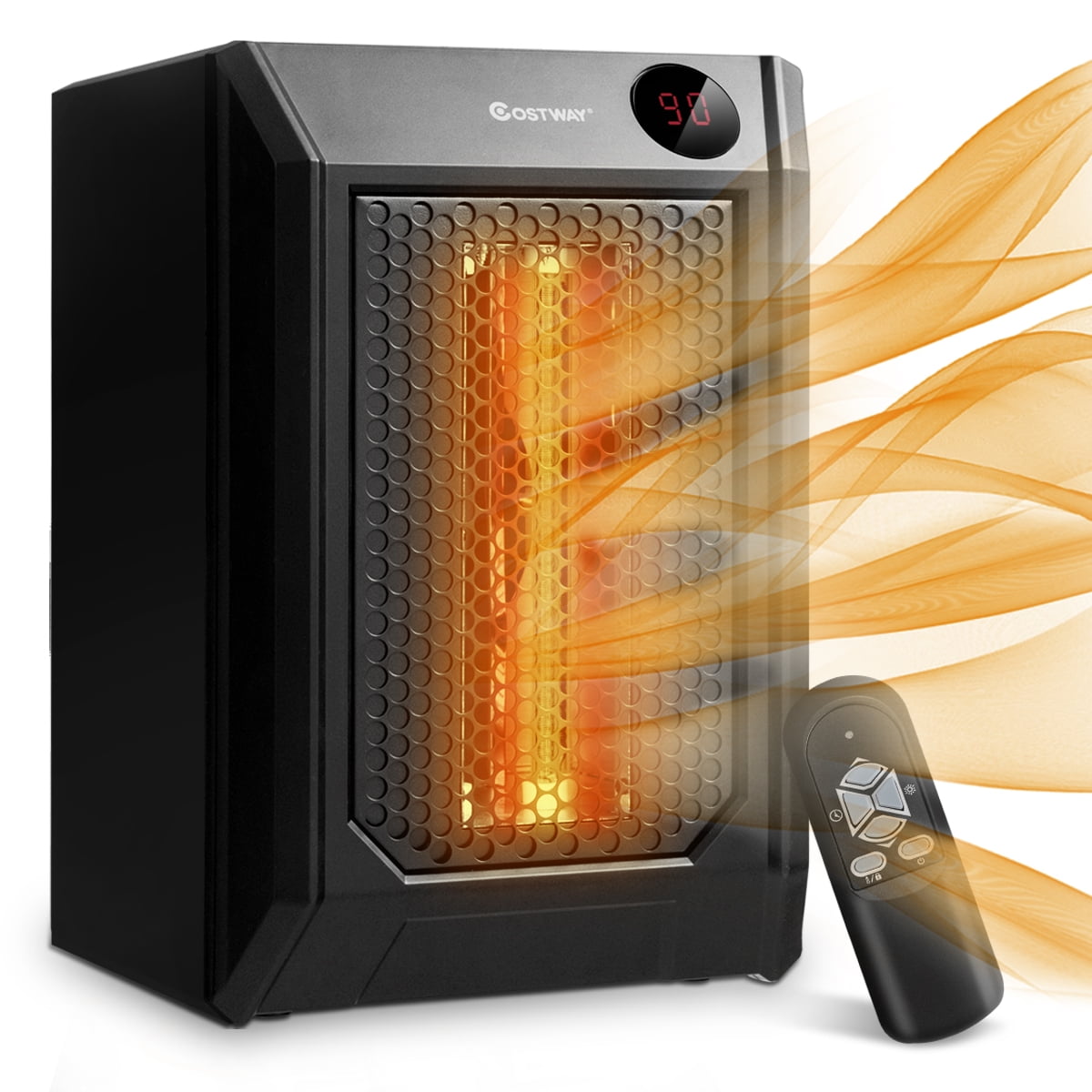

SPACE HEATER HOW TO
Interested in learning more about the best things to buy and how to use them? Visit the site, where you can read the latest reviews and find daily deals. So you should be good to go - but remember, don’t turn on a heater without first making sure it’s positioned safely, and don’t leave it running unattended.Ī version of this article appears at Wirecutter. But not all heaters are the same, and the Belkin representative did add a caveat: “Some space heaters with embedded fans might consume more power and cause a high inrush current, which could damage or wear out the switching contacts.” Most of Wirecutter’s picks max out at 1,500 watts. Although most manufacturers discourage plugging a space heater into an extension cord or surge protector, a representative of the Wemo outlet’s manufacturer, Belkin, said in an interview - confirming Wirecutter’s interpretation of the product specs, as well as our tests - that a Wemo Mini should be safe to use with space heaters for up to 15 amps or 1,800 watts of power.

If your space heater lacks a timer - or if you’re just determined to bark heating orders at your voice assistant - consider a plug-in smart outlet like the Wemo Mini. Wirecutter’s oil-filled radiator pick, the De’Longhi TRD40615T, has an analog 24-hour dial you can use to set a schedule. The Lasko FH500 All Season Comfort Control Tower Fan & Heater in One, and the Vornado OSCTH1 have digital timers built in. In the meantime, if you want use a heater remotely or on a schedule, a few of Wirecutter’s picks can do that. But the technology and the regulatory standards are moving quickly, and we can expect more smart space-heater tech in the next year or two. Space heaters with smart-home functionality are rare in the United States. Those added layers of electrical connection can overload the circuit, or create additional resistance that allows heat to build up, potentially resulting in a fire or internal electrical damage. outlets (the kind with the test and reset buttons) - anything that’s not a wall outlet.

Notice that we said wall outlet: Manufacturers advise against plugging space heaters into surge protectors, extension cords, plug timers, G.F.C.I. Most modern space heaters should come with enough cord slack to allow you to plug them into a wall outlet and still position them conveniently in the room for maximum warmth. (Oil-filled radiators like the De’Longhi are particularly good for bedrooms because they retain heat for longer and continue emitting warmth after they shut off.) It Wants to Be in a Wall Outlet Several of Wirecutter’s favorites, such as the De’Longhi TRD40615T, and the Lasko FH500 All Season Comfort Control Tower Fan & Heater in One, come with timers to minimize the chance of their running unattended. The instructions with many space heaters also warn not to leave them on while you sleep. The plug and cord, combined with some intuitive on/off switches, pose a hazard to a curious toddler who won’t be anticipating an electric shock. Fire Administration recommends keeping young children at least three feet from a space heater, but it’s best not to leave one in a room or closet within reach of children, even if it’s unplugged - beyond the fire risk, the heater is a 15-amp appliance drawing considerable current. If you have children or pets that could knock over a heater or drape fabric on it, keep a close eye on its operation.

The best way to prevent a fire is to never leave a space heater running unattended. So here are a few ways to ensure you’re using a heater safely. But as I demonstrated in my basement, nothing is idiot-proof. Hotz noted, most home space heaters must now be approved by an independent safety testing laboratory, such as Intertek (whose certification often appears as an “ETL” seal on the item) or UL. Some have tip-over switches that shut down the heater if it’s not flat on the ground.Īs Ms. Many modern space heaters - including those recommended by Wirecutter - also have an automatic shut-off that cuts the power when the device reaches a certain temperature, and a sensor to detect a blocked air passage that could cause heat to build up. Fortunately, space-heater designs now have better insulation around the heating coils and smaller grates to prevent curious fingers from finding their way inside. While electric, radiant, or convection heating is typically safer and more efficient than a combustion heating system, heat production still requires heat, which always carries risks.


 0 kommentar(er)
0 kommentar(er)
